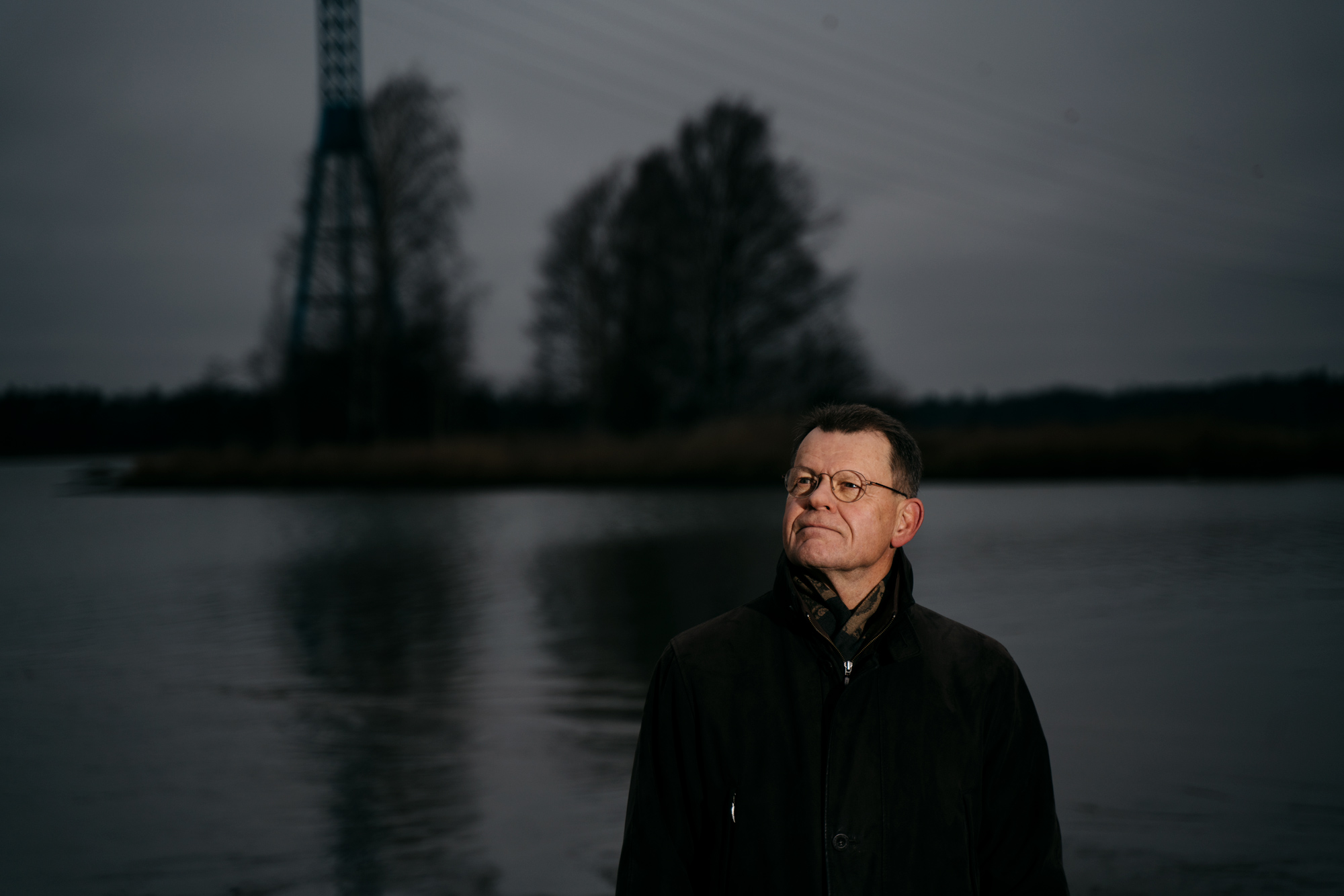The Nessling Foundation and Timo Kairesalo share a long history. According to Kairesalo, solutions to environmental challenges are like a puzzle, and the foundation’s task is to find the missing pieces.
The article was first published in December 2019. Our article series introduces the members of the governing board of the Maj and Tor Nessling Foundation.
What have been your roles in the foundation’s activities?
“I have a long career in aquatic ecology. My first connection to the foundation was a grant for completing my doctoral thesis at the end of the 1970s. At the time, I was studying the ecosystems of littoral zones.
The second time I got in touch with the foundation was in the 1990s when I applied for the position of research director in the foundation. I worked for the foundation for a few years, renewing the application evaluation process. Our office at the time was located on Eteläinen Hesperiankatu.
Soon, I was drawn back to research and left to establish the ecology unit of the University of Helsinki in Lahti. However, I remained connected to the foundation’s activities. I acted as a member and the Chair of the expert committee evaluating the grant applications. I was also invited to join the governing board, of which I’ve been a member for about twenty years now.”
What makes the Nessling Foundation special?
“The Nessling Foundation has always enabled innovative, solution-oriented new research. Solutions to environmental challenges can be seen as a puzzle and the foundation is looking for the missing pieces.
In recent years, we’ve particularly focused on making research results available for use in society and decision-making processes. We encourage multidisciplinary and interdisciplinary discourse.
We maintain and value a positive atmosphere of discussion between the board, the expert committee and the administrative staff of the foundation as well. The foundation has always seemed like a large family where grant researchers are seen as valued guests.”
Why is there need for foundations sponsoring research?
“The pressure to apply for and receive grants has increased enormously among researchers. Our duty is to ensure consistent funding for environmental research that does not fluctuate with economic cycles.
Compared to public financiers, foundations have a completely different ability to take risks. Our task is to explore rising phenomena and research needs. For example, we fund projects created at the touchpoints of sciences where the researcher applies a method developed in a different scientific branch. These projects may result in completely new solutions.”
What kinds of challenges and opportunities can you see in the foundation’s future?
“Acting as an initiator and a glue between different financiers and research organisations is both a challenge and an opportunity for foundations. Individual foundations may help researchers set up their projects, but we also need other public and private investors to enable the researchers to continue their work and produce results.”
What do you believe is particularly useful in working for the foundation’s board?
“My long and diverse career as a researcher and instructor helps understand the role, challenges and needs of scientists in terms of high-quality environmental research.
I know what it’s like to be a young, inspired researcher. The competition is so tough that many gifted young researchers have been forced to change careers due to lack of funding. I want to be involved in creating and increasing opportunities for young researchers and research groups in the environmental sciences.”
Get to know the other board members
Niina Bergring
Simo Honkanen
Timo Kairesalo
Johanna Kentala-Lehtonen
Tellervo Kylä-Harakka-Ruonala
Pertti Lassila
Jari Niemelä
Niko Soininen
Ilari E. Sääksjärvi
Tuula Varis


